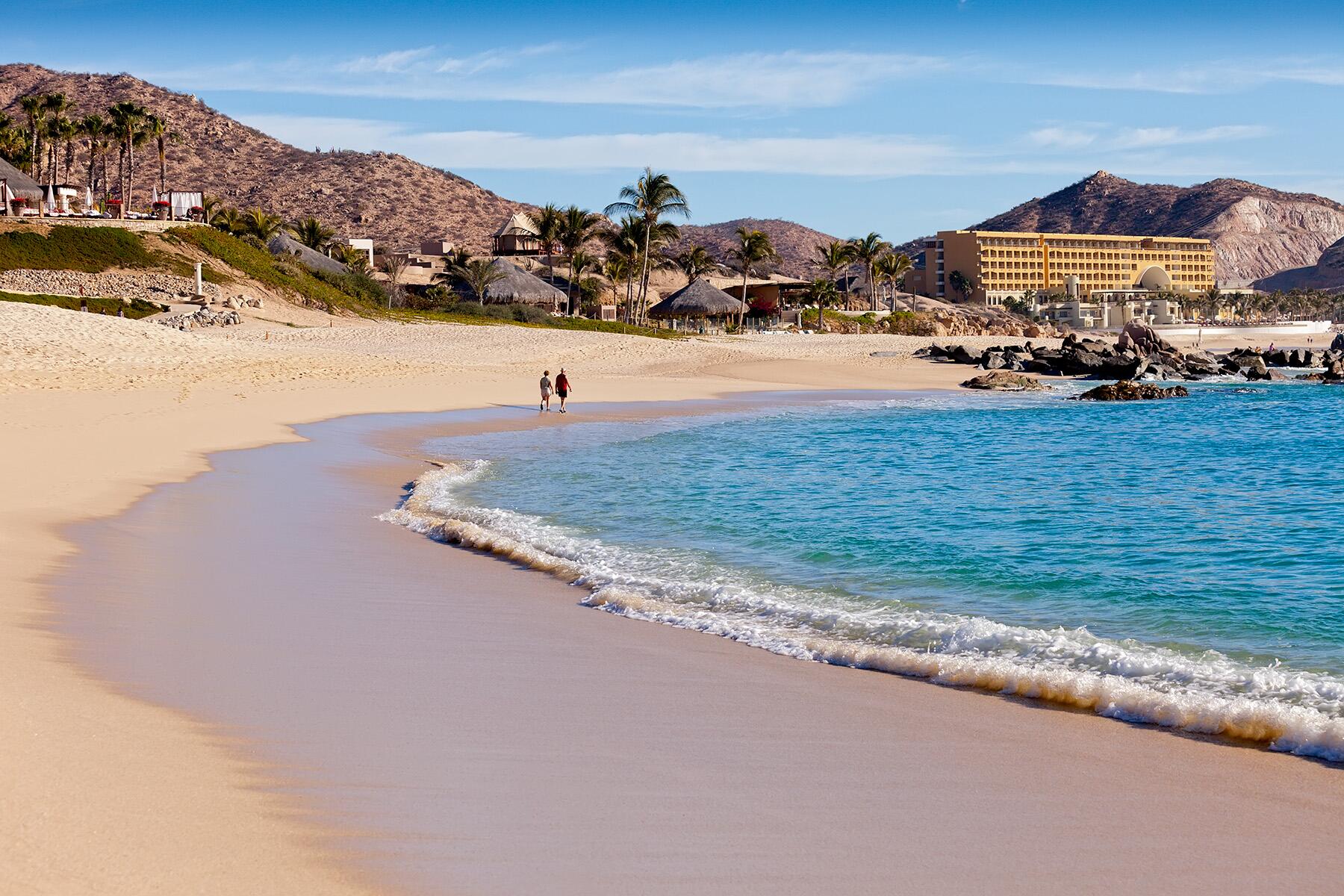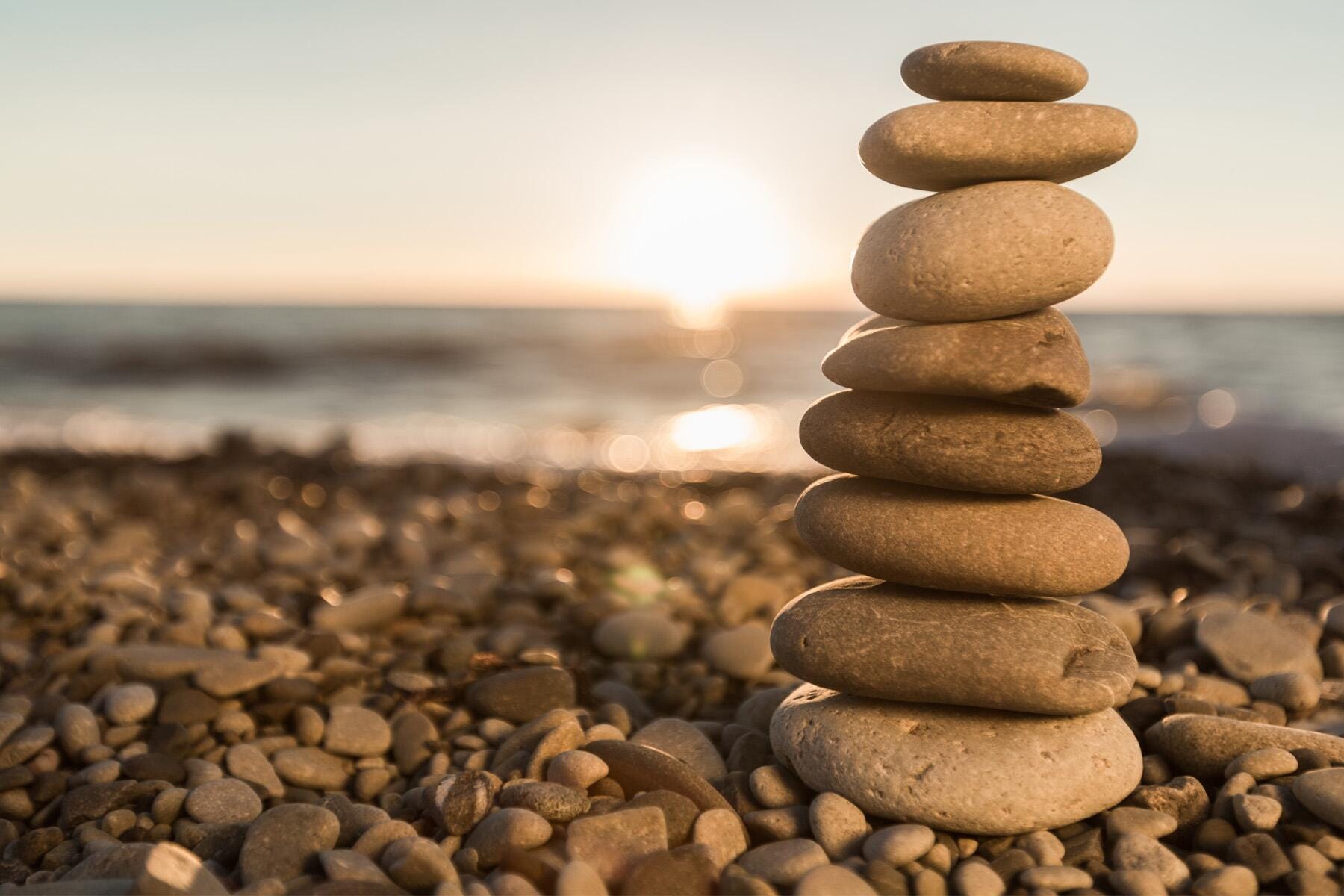Consider this a PSA.
Moving around the things we find in nature can be bad for the environment, not to mention illegal. Such is the case for a French couple currently facing a jail sentence of up to six years for taking sand from a beach in Sardinia. The man and woman claim they didn’t know that such a rule was in place—a law implemented in 2017 forbids the trade in sand, pebbles, and shells in the area, deeming them public property—and wanted to bring the sand with them as a “souvenir.” They packed about 88 pounds of the island’s white sand into 14 plastic bottles, which police spotted through the window of their car after a routine check that’s carried out on vehicles before they’re placed on a ferry to Toulon, France.
But, it’s not just taking parts of nature home with you that’s a problem. Officials are calling out individuals who are stacking rocks as props for Instagram. Conservationists are saying that disturbing the stones can have a damaging effect on wildlife.
How Exactly Is This Bad for Wildlife?
Taking some sand or rearranging some rocks may not seem like a big deal, but the implications it can have for wildlife, landscape, and even people is no joke. “It [stacking stones] disturbs foraging and nesting areas for coastal birds,” said John Hourston, founder of Blue Planet Society Founder, a self-funded, volunteer group striving to end overexploitation of the world’s ocean. “Reptiles and invertebrates that use the stones for homes and shelter are left exposed to the elements and move away from the area or die.” Stone stacking can also incite or expedite erosion, as it exposes soil to potentially harmful elements including harsh weather.
Recommended Fodor’s Video
In a move to bring awareness to the harmful stacking, organizations in Tenerife are working with the local government in a campaign titled #PasaSinHuella, or “Leave No Trace.” Jaime Coello, director of the Telesforo Bravo Juan Coello Foundation (one of the organizations involved with the campaign), even went so far as to say legislation is needed to put measures in place that will prevent the disruptive behavior.
In other places, such as Acadia National Park, building these rock structures (also known as cairns) can even confuse or offend. If the rocks are stacked solely for a photoshoot (or a similar recreational activity), this could disrupt trail hikers who see cairns as markers or waypoints that indicate directions. Additionally, cairns are known to be used as memorial commemorations; a recreational stacking of the stone could come off as dismissive or inconsiderate.
Leave No Trace
In today’s age of Instagram culture, however, that might be easy to forget. So, think about the Seven Principles of the Leave No Trace program, a framework managed by the Leave No Trace Center for Outdoor Ethics (a nonprofit group who strives to teach people on how to enjoy the outdoors responsibly). We think of Leaving No Trace as making sure we don’t leave trash or waste behind, but it also pertains to ensuring there’s no trace of you having been there. And nothing says “Some humans were here mucking things up” like absconding with nearly 90 pounds of sand. Ultimately, the less you disturb nature, the better.



